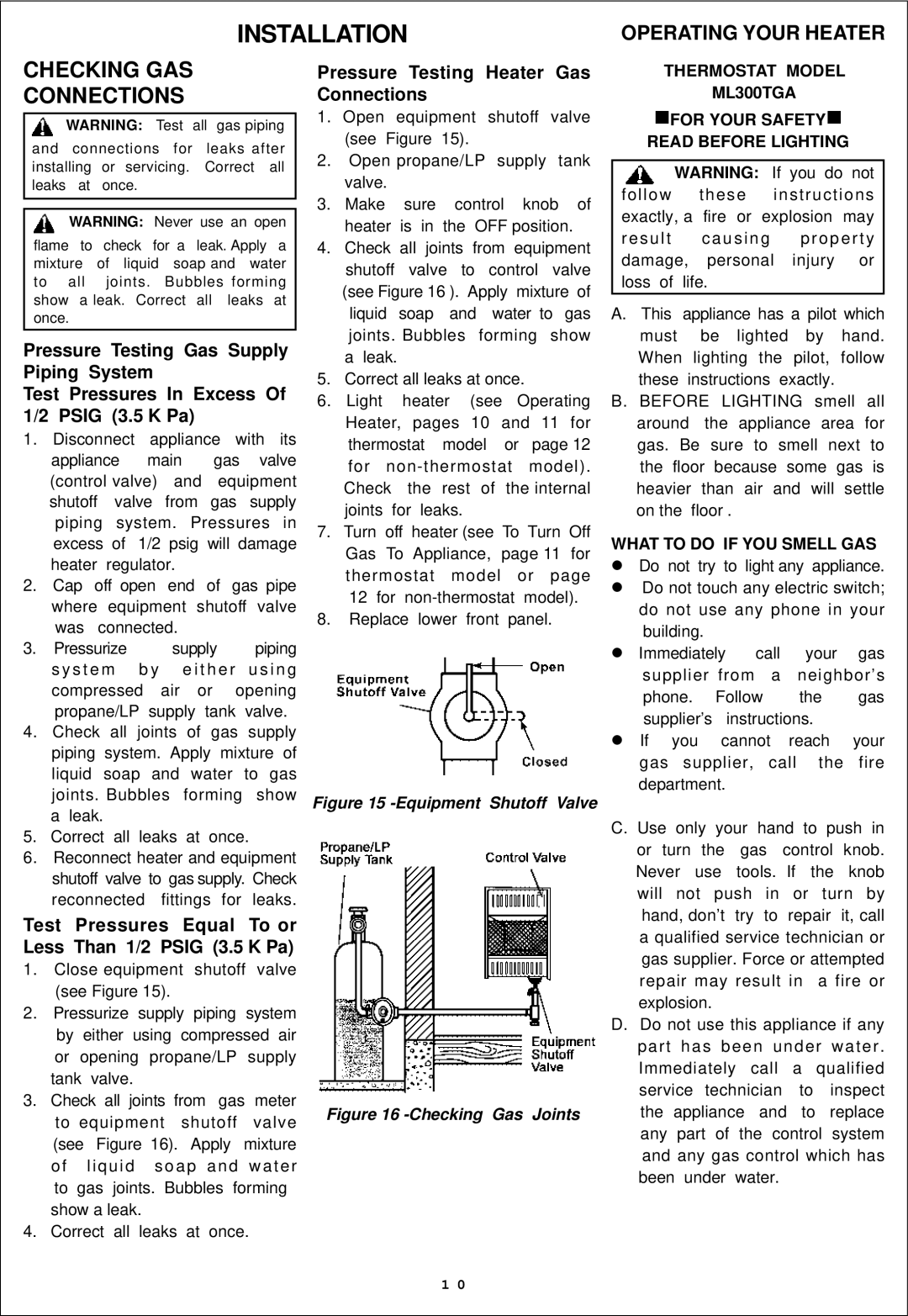ML300HGA, ML300TGA specifications
The Procom ML300HGA and ML300TGA are advanced communication solutions designed for an array of applications, particularly in sectors requiring robust and reliable wireless connectivity. Both models are designed to enhance operational efficiency through enhanced performance and pertinent features.The ML300HGA model is tailored for high-gain applications, providing exceptional signal strength in demanding environments. This makes it an ideal choice for remote monitoring, industrial communication, and public safety operations where optimal signal reception is critical. It supports multiple frequency bands, including VHF and UHF, allowing flexibility in deployment across various networks.
Equipped with advanced antenna technology, the ML300HGA is designed to minimize noise and interference, ensuring clear communication even in congested frequencies. The rugged construction of this model makes it resilient to harsh environmental conditions—be it extreme temperatures, moisture, or physical impacts, thus increasing its longevity and reliability in the field.
On the other hand, the ML300TGA is designed for versatility and is particularly favored for its compact design and lightweight structure. This model is optimized for applications that require portability without compromising on performance. It is ideal for temporary installations or scenarios where mobility and adaptability are paramount.
Key features of the ML300TGA include multiple input and output options, allowing easy integration with various communication systems. Its modular design allows for easy upgrades and expansions, which is beneficial as organizational needs evolve.
Both models incorporate the latest advancements in antenna design technology, such as low Vswr (voltage standing wave ratio) and high efficiency, which translates to better bandwidth utilization. They also feature weather-resistant capabilities, ensuring functionality in diverse environments while maintaining signal integrity.
Moreover, these devices are designed with user-friendly interfaces, ensuring ease of operation, maintenance, and troubleshooting. The proprietary algorithms deployed in the ML300 series enhance signal processing capabilities, allowing for the management of multiple connections while optimizing performance.
When considering wireless communication equipment, the Procom ML300HGA and ML300TGA provide premier options that combine cutting-edge technology with practical features, addressing the needs of professionals in various fields. From industrial applications to public safety, these models are engineered to deliver dependable, high-quality performance in every situation.

